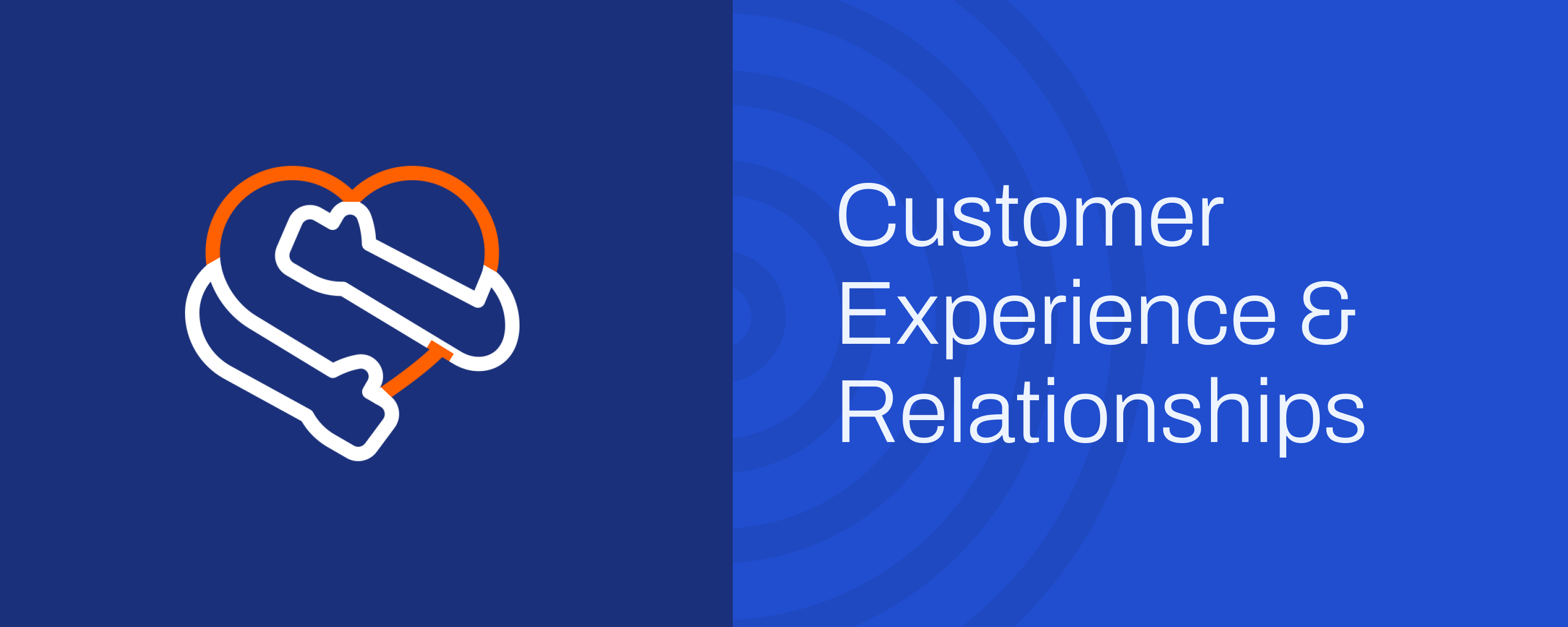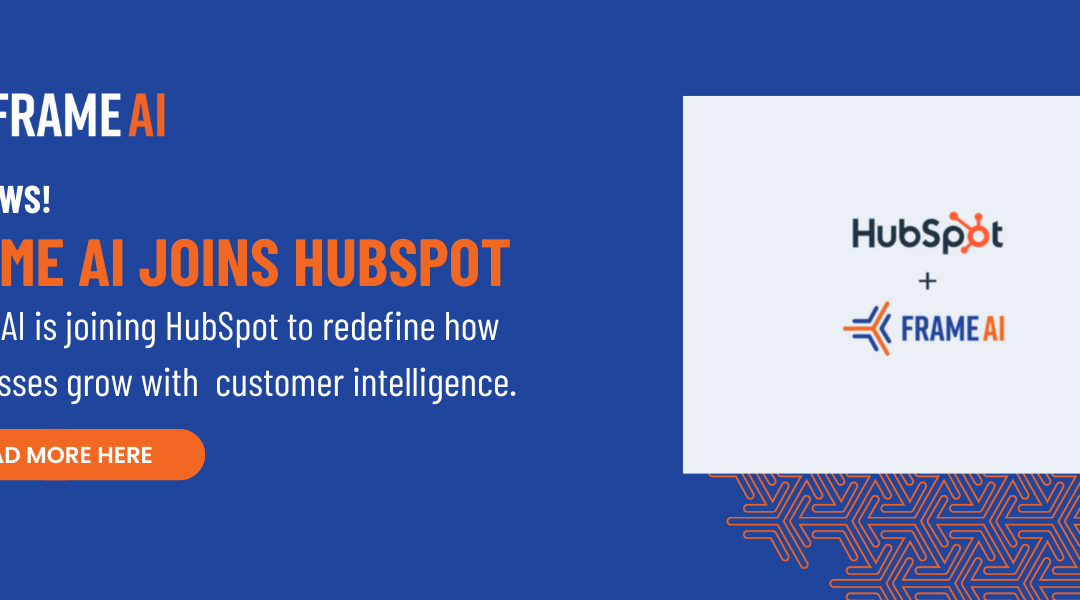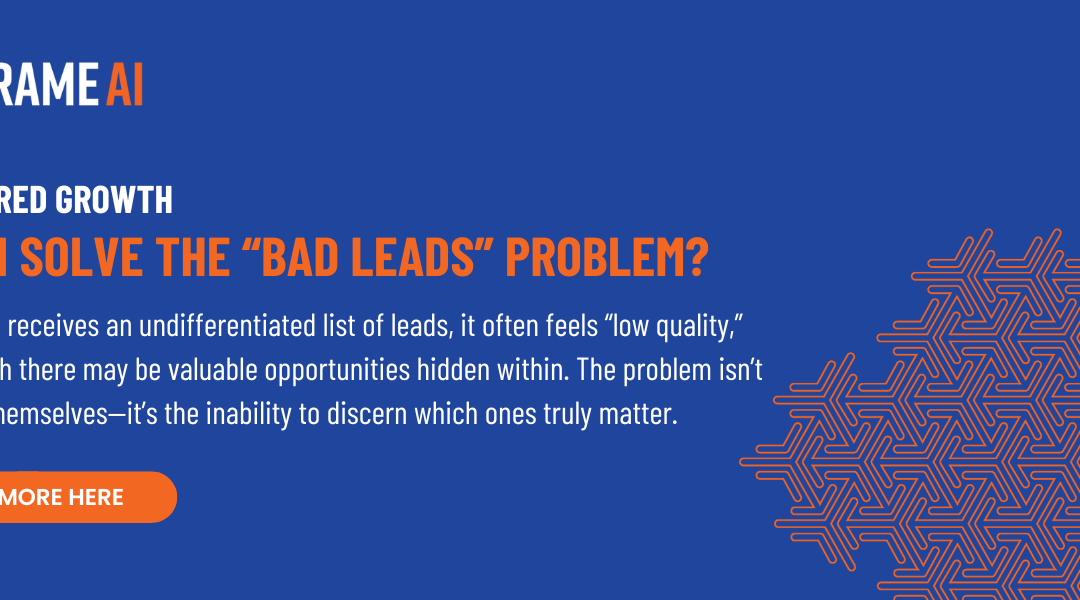Open the floodgates! Inviting customers to your Slack room can be a terrifying experiment. We’re used to keeping customers at arm’s length, safely contained by process. We maintain control through contact forms, ticket numbers, and email chains. So when we consider eliminating these barriers and talking with customers in an open conversational platform like Slack, it can be… scary.
But the advantages to conversational support are huge, and we’ve experienced it for ourselves. Customers feel more comfortable sharing their feedback. It’s easier to go back and forth to resolve issues. It’s simple to pull in the right person to help, even if they’re on a different team.
Finding ways to pull customer relationships into Slack is worth it. In this post we look at four companies who’ve made the move to support customers over Slack and how they’ve handled the challenges they faced.

Photo by John Schnobrich onUnsplash
“We have used Frame AI to implement maecenas faucibus mollis interdum. Donec ullamcorper nulla non metus auctor fringilla. Nullam quis risus eget urna mollis ornare vel eu leo.
MD Technology, Gitlab
Set Expectations on Team Availability
One of the biggest concerns teams have when inviting customers into Slack is avoiding the perception of 24/7 support. Small teams might struggle to provide real-time support, but would still benefit from moving to asynchronous conversational support through Slack. The key is in setting expectations early.
Christian Weyer, a partner at development agency Crispy Mountain, has embraced Slack as their primary customer communication channel. He explains in a blog post how they’ve invited clients into specific channels to keep project progress open and transparent. Using Slack to feed in project updates automatically and answer questions has almost completely eliminated email chains. By keeping files and discussions in Slack channels, they avoided missing emails and could recall important decisions easily using search.
However, the team wanted to make sure that customers didn’t see Slack as an instant answer machine, but instead as an asynchronous means of communication. “To counter unrealistic availability expectations, we laid out a couple of ground rules together with our clients, such as nobody needs to always answer right away.”
Whether you’re committing to lightning fast responses at all hours of the day, or simply embracing conversation over email, it doesn’t really matter. What matters is being crystal clear about your team’s availability and setting guidelines with customers early on what they can expect.
Define Escalation Paths
Chris McCraw, Head of Support at Netlify, has embraced Slack as a premium support channel for their enterprise clients. They previously used Intercom as an asynchronous help channel, and phone calls for escalations, but found that neither format gave enterprise users the best experience for urgent technical questions. Because they already used Slack internally to debug client issues and pull in the appropriate people, inviting customers to a private Slack channel seemed like the next step.
In the early days, Chris saw his fair share of 4am @here notifications from clients pinging something he’d need to look at later. Because Slack was their main method of escalation, Chris would wake up and check these notifications, which he wouldn’t have done with Intercom.
To help combat unnecessary wake up calls, Chris has implemented an on-call system with his growing team. Using the Frame for Slack add-on, they set up channel owners and escalation pathways to help with attention management and ensure nothing slips through the cracks.
But even with a few early wake up calls, Chris says that Slack has massively improved the way they support enterprise customers. “Being able to debug easily and pass info back and forth has kept MANY escalations from turning into phone calls. Now that our enterprise customers are ‘trained’ to use it, we never miss a message, have an easier time escalating to non-support teammates, and can refer easily back to old convos.”
Remain Dedicated to Process
Taplytics transitioned to using Slack as their main support channel after realizing a barrier existed when customers needed to contact them. They saw customers struggling to troubleshoot for themselves for far too long before getting in touch with the Taplytics support team. As Aaron Glazer, CEO of Taplytics puts it, “email is a surprisingly high friction method of communication.”
Aaron had already seen how Slack had improved their internal communication by reducing email chains, increasing speed of conversations and reducing friction between teams. If it worked so well internally, why not try it with customers?
They set up private channels for each customer and invite as many people as possible from each customer team, which helps build stronger relationships. “The more people you add, the more people are interacting and the greater relationship you’re building between your company and theirs.”
The biggest concern for Taplytics was keeping processes in place to prevent conversations from falling between the cracks. They do this in two ways. First, they assign a “quarterback” to each conversation as a main contact, and identify that person in the channel topic. That way, even if there’s 5 or 6 Taplytics staff in the channel, everyone knows who is the main point of contact for the customer.
Secondly, they rely on external tools like Zendesk and Pivotal Tracker to record and measure conversations and action steps. Aaron explains that “because the conversations are ad-hoc and untracked in the traditional support ticketing sense, you need to be prepared to fill the gap with manual processes.”
Companies using Frame are familiar with how it helps solve these challenges, including the on-call alerting rules for each channel, conversation ownership, and integrations via both native connectors (e.g., Zendesk, Asana) and a flexible developer platform.
Drive Engagement through Community Channels
ProdPad was one of the first companies to create a Slack community just for their customers to chat to each other in. Andrea Saez, Head of Customer Success, said she was mostly flying blind when she started the customer community. Her biggest concern was whether customers would actually engage in a community meant just for them. She shouldn’t have worried.
They’ve seen amazing success. Andrea’s quick to share that “99% of our cancellations were (and still are) coming from customers who weren’t part of our community.” By inviting customers into an open and transparent community, giving them influence over product decisions and building friendships through conversation, they ensure that customers stick around for the long haul.
ProdPad encourages their Slack channels to stay community focussed, and directs all support traffic through their Help Center. As Andrea explains, “We’ve taken measures to educate everyone and our clients know how and through which channels to submit issues through, so it’s actually worked out pretty great.”. They also use their own Slack bot to direct feature requests right into ProdPad, so all customer feedback comes full circle.
Using Slack for Customer Relationships
Businesses of all shapes and sizes are seeing success by bringing their customers into their team chat platform. They’ve seen a reduction in email and an increase in customer engagement. Escalating bugs becomes an easier process. Customers love being able to chat in the same platform they use internally.
By using the right tools for the job and setting clear expectations, front line teams can harness the power of conversational support to build better, longer lasting customer relationships.




